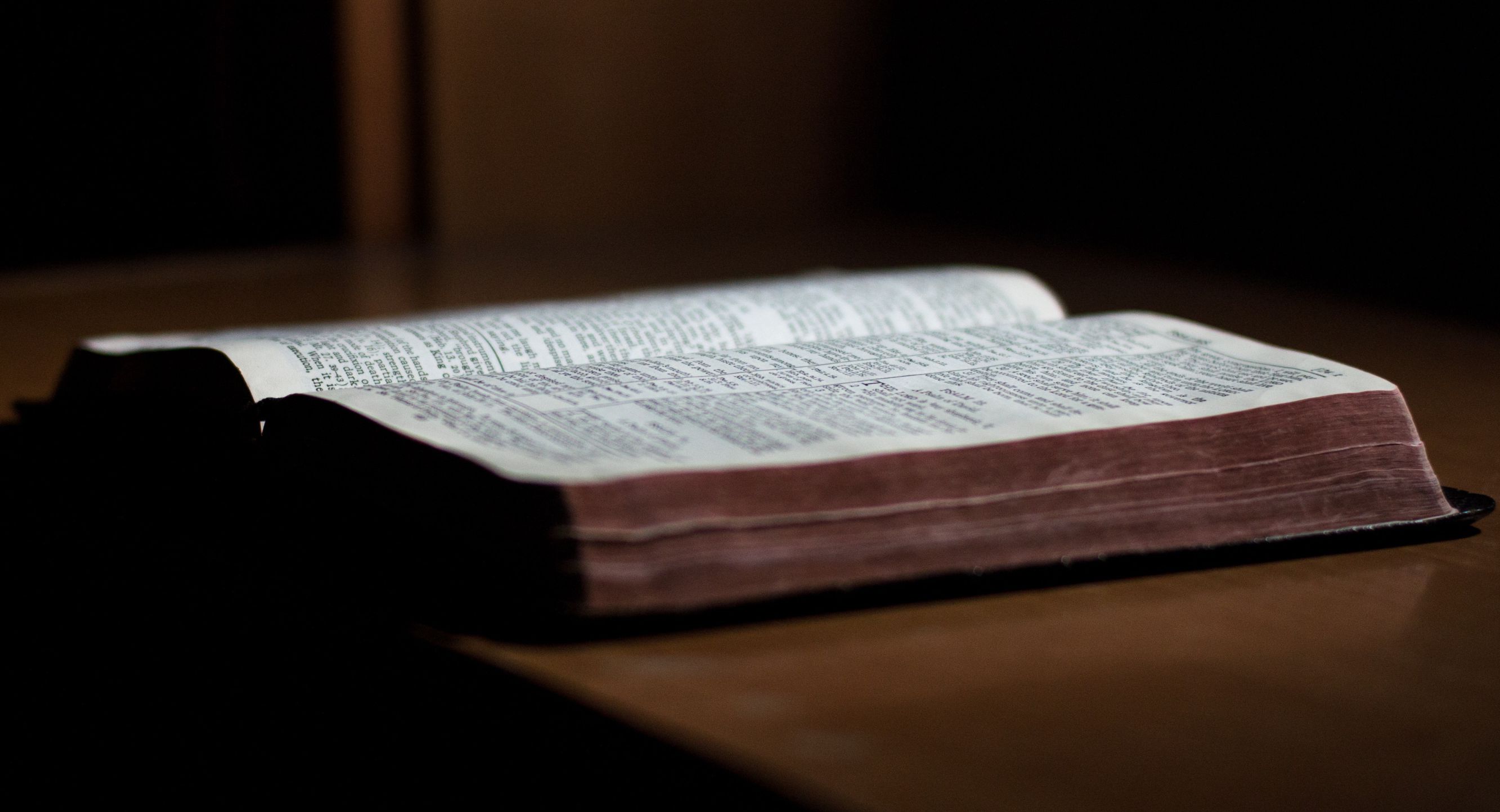Judahite Royal Names: Some Observations
Łukasz Tobola
Adam Mickiewicz University in Poznań , PolandAbstract
The biblical tradition has preserved many variants of the Judahite royal names. Some of these variations can be classified as orthographic irregularities, scribal confusions or the misinterpretations of the archival sources. However, there are also some examples that cannot be explained philologically. This applies particularly to the names of the following Judahite kings: Uzziah aka Azariah, Jehoahaz aka Shallum and Mattaniah aka Zedekiah. I suggest that in all three cases we are not dealing with a diversity of onomastic variants, but with six different pretenders to the David’s throne.Keywords:
Judahite royal names, the continuity of the David’s dynasty, coup d’étatSupporting Agencies:
References
Daniel Th.Mc., „The Consonantal Force of He in the Tetragrammaton”, Seisho to Shingaku / Bible and Theology 12 (1968) 1-24.
De Vaux R., Ancient Israel. Its Life and Institutions (Grand Rapids: Eerdemans Publishing Company, 1997).
Frost S.B., „The Death of Josiah: A Conspiracy of Silence”, Journal of Biblical Literature 87 (1968) 369-382. (Crossref)
Kalimi I., The Reshaping of Ancient Israelite History in Chronicles ( Winona L ake: Eisenbrauns, 2005). (Crossref)
Lemaire A., „Hebrew and West Semitic Inscriptions and Pre-Exilic Israel”, In Search of Pre-Exilic Israel (red. J. Day) (London: T&T Clark, 2004) 366-385.
Lemaire A., „La dynastie davidique (byt dwd) dans deux inscriptions ouestsémitique du IXe s. av. J.C.”, Studi Epigrafici e Linguistici 11 (1994) 17-19.
Lipiński E., „An Israelite King of Hamat?”, Vetus Testamentum 21 (1971) 371-373. (Crossref)
Lipiński E., „Od ideologii królewskiej do mesjanizmu epoki hasmonejskiej”, Studia Judaica 12 (2009) 1-22.
Lipiński E., Itineraria Phoenicia (OLA 127; Leuven: Peeters, 2004).
Lipiński E., The Aramaeans. Their Ancient History, Culture, Religion (OLA 100; Leuven: Peeters, 2000).
Malamat A., „Josiah’s Bid for Armageddon: The Historical Background of Josiah’s Encounter with Necho at Megiddo”, Journal of the Ancient Near Eastern Society of Columbia University 5 (1973) 267-278.
Malamat A., „The Twilight of Judah in the Egyptian-Babylonian Maelstrom”, Congress Volume: Edinburgh 1977 (red. G.W. Anderson) (VTSup 28, Leiden: Brill, 1975) 123-145. (Crossref)
Martínez F.G. – Tigchelaar E.J.C., The Dead Sea Scrolls Study Edition (Leiden: Brill, 1999). (Crossref)
Miller M. – Hayes J.H., A History of Ancient Israel and Judah (Philadelphia: Westminster, 1986).
Mykytiuk L.J., „Sixteen Strong Identifications of Biblical Persons (Plus Nine Other Identifications) in Authentic Northwest Semitic Inscriptions from before 539 b.c.e.”, New Inscriptions and Seals Relating to the Biblical World (red. M. Lubetski – E. Lubetski)
(Atlanta: SBL, 2012) 35-58.
Mykytiuk L.J., Identifying Biblical Persons in Northwest Semitic Inscriptions of 1200-539 B.C.E. (Atlanta: SBL, 2004).
Nelson R.D., The double redaction of the Deuteronomistic History (Sheffield: JSOT Press, 1981).
O’Brien M.A., The Deuteronomistic History Hypothesis: A Reassessment (Göttingen: Vandenhoeck u. Ruprecht, 1989).
Radine J., The Book of Amos in Emergent Judah (Tübingen: Mohr Siebeck, 2010). (Crossref)
Strange J., „Joram, King of Israel and Judah”, Vetus Testamentum 25 (1975) 191-201. (Crossref)
Toboła Ł., „One Writing – Various Readings: The Ugaritic Ba‘lu Cycle in Translation”, Języki orientalne w przekładzie. Konferencja Kraków, 7–8 kwietnia / Oriental Languages in
Translation. Conference, 7-8th April 2008 (red. A. Zaborski – M. Piela) (Kraków: Wydawnictwo Oddziału Polskiej Akademii Nauk, 2010) 179-182.
Toboła Ł., „Propozycja reinterpretacji tytułów Bożego pomazańca w Iz 9,5b–6a”, Poznańskie Studia Teologiczne 24 (2010) 73-79. (Crossref)
Toboła Ł., „The Meaning of the Phrase sēper dibrê hayyāmîm in Biblical Historiography”, Poznańskie Studia Teologiczne 28 (2014) 7-13. (Crossref)
Toboła Ł., Ba‘al w dziejach rodu Omriego. Studium historyczno-teologiczne (Poznań: Wydawnictwo Wydziału Teologicznego UAM, 2013).
Weidner E.F., „Jojachin, König von Juda, in babylonischen Keilschrifttexten”, Mélanges syriens offerts à Monsieur René Dussaud II (BAH 30; Paris: P. Geuthner 1939) 923-935.
Welch A.C., „The Death of Josiah”, Zeitschrift für die Alttestamentliche Wissenschaft 43 (1925) 255-260. (Crossref)
Wightman G.J., „The Myth of Solomon”, Bulletin of the American Schools of Oriental Research 277-278 (1990) 5-22. (Crossref)
Wyatt N., „«Jedidiah» and Cognate Forms as a Title of Royal Legitimation”, Biblica 66 (1985) 112-125.
Wyatts J.D.W., How We Got Our Bible: Files from an Alttestamentler’s Hard Drive (Eugene: Wipf&Stock, 2011).
Adam Mickiewicz University in Poznań
Łukasz Toboła, ur. 2 maja 1984 roku w Poznaniu. Zajmuje się ugarytologią, historią starożytnego Izraela oraz komparatystyka biblijną. Dokonał pierwszego, kompletnego przekładu na język polski najważniejszego tekstu mitologicznego z Ugarytu (Cykl Baala Z Ugarit. The Enigma Press 2008). Autor kilkunastu artykułów z dziedziny biblistyki i ugarytologii (m.in. w "Biblica" [Pontifical Biblical Institute in Rome] , "Journal of Polish Biblical Research", "Studia Biblica et Orientalia", "Ruchu Biblijnym i Liturgicznym" oraz "Poznańskich Studiach Teologicznych").
License

This work is licensed under a Creative Commons Attribution 4.0 International License.
- Pursuant to the Act on Copyright and Related Rights of February 4, 1994, the Author of the publication grants to the Publisher of the journal „The Biblical Annals” e a non-exclusive and royalty-free license to use the Work submitted for publication, without time and territorial restrictions in the following fields of use:
a) record the Work and copy it by means of any technique (including printing and electronic recording) on all known data carriers (including IT, electronic and polygraphic), and in all IT systems (in particular those available online);
b) enter the Work into computer memory, disseminate the Work and its copies, as well as market the Work and its copies;
c) publicly perform, replay, display and screen the Work, as well as lend, rent and lease the Work and its copies;
d) make available, market and disseminate the Work and its copies via IT networks, and in particular via the Internet, including the promotion or advertising of the Work, the journal or the Publisher. - The Author shall further grant his/her consent for the Publisher to use and dispose of derivative works.
- The Publisher may sublicense the work.
- Third parties may use the articles and other materials containing the Works, or developed on the basis of the Works in line with the model Creative Commons Attribution 4.0 International (also referred to as CC BY 4.0).







